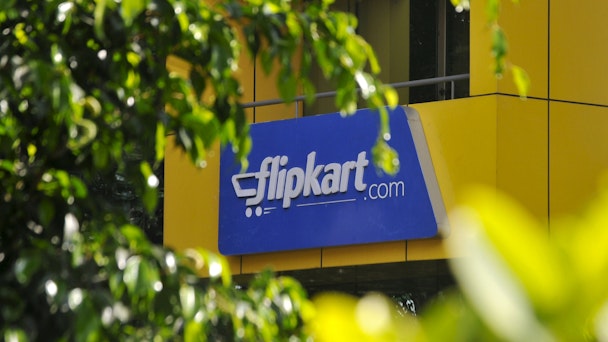The end of an Indian summer of ecommerce love
It won’t come as news to most that India is probably the strongest market in the BRICs for international brands. Its language, English over Russian or Chinese, its size and a booming, affluent middle class mean the country is set for some strong commercial growth over the next few years.

This is certainly reflected in its rapidly growing connectedness, both internally and with the rest of the world. GlobalWebIndex reveals that 4G connectivity has risen to 38% of the population in 2016 compared to 18% in 2014. That’s only part of the picture. Forbes reckons overall mobile penetration today is in excess of 1bn handsets. India doesn’t look set to relinquish its crown as the foremost mobile-first nation on the planet any time soon.
A perfect storm, then, of disposable income, nationwide connectivity and a mobile-first attitude has huge implications for e-commerce in the country.
With so much activity taking place in the virtual world, international and local brands don’t usually count on physical stores to sell their goods. But they still haven’t managed to square the circle when it comes to fulfilling delivery and payments. Surprisingly in such a mobile nation, cash is still king with payment on receipt the dominant method. Payment gateways are mostly used in urban areas among higher classes and are highly valued because of the protection they offer against fraud.
Delivery infrastructure is also proving a challenge. Urban areas again have fewer issues than suburban or rural areas but with almost three quarters of Indians living rurally where service networks are shockingly poor, reaching them is still a problem.
In such a complex cultural and structural environment, it’s only natural that a home-grown brand should have taken the lead. Flipkart, an online multiple retailer, has dominated India’s online retail sector for the last seven years, navigating the payment and delivery challenges as well as it can.
But it is facing competition from outside since the Amazon juggernaut rolled into town. Despite lacking the local connections Flipkart built up, its huge brand presence, mobile platform sophistication and deep pockets have helped it gain a strong foothold in the market. By 2016, 50% of internet users had used Amazon at least once in the last two years compared to Flipkart’s 53% of users and lower tier Indian retailer Snapdeal at 35% of users - the only one of the three to lose user numbers since 2015, according to GlobalWebIndex.
Does this mean that even India’s peculiarities and home-grown brands are no match for Amazon? Perhaps not, as the threat to Amazon’s global dominance comes from China’s Alibaba which has also identified India as a ripe market for development.
While Amazon may have the slick mobile experience and cash to build its brand here by investing $3bn in the region, Alibaba is not letting the opportunity slip by and investigating acquiring a stake in Flipkart to boot. The war may not be between Amazon and Flipkart after all, but Amazon and Alibaba.
Whoever wins in this market won’t necessarily be the retailer with the deepest pockets. As e-commerce in India is as price-driven as the rest of the world, all three companies will be beset by deal-hungry consumers looking for the cheapest price.
The long game will be won by whoever manages not only to satisfy the price hunters but secure their loyalty at the same time. With Amazon, Alibaba and Flipkart battling it out for supremacy, Indian consumers may be able to buy whatever their hearts’ desire but the companies are still struggling to buy their love.
Marino Gualano is co-founder and general manager at advertising technology company MainAd
